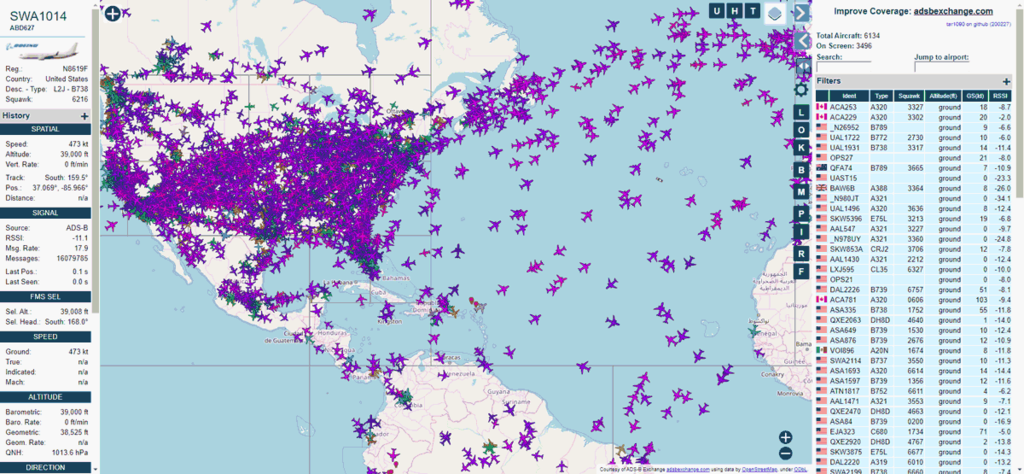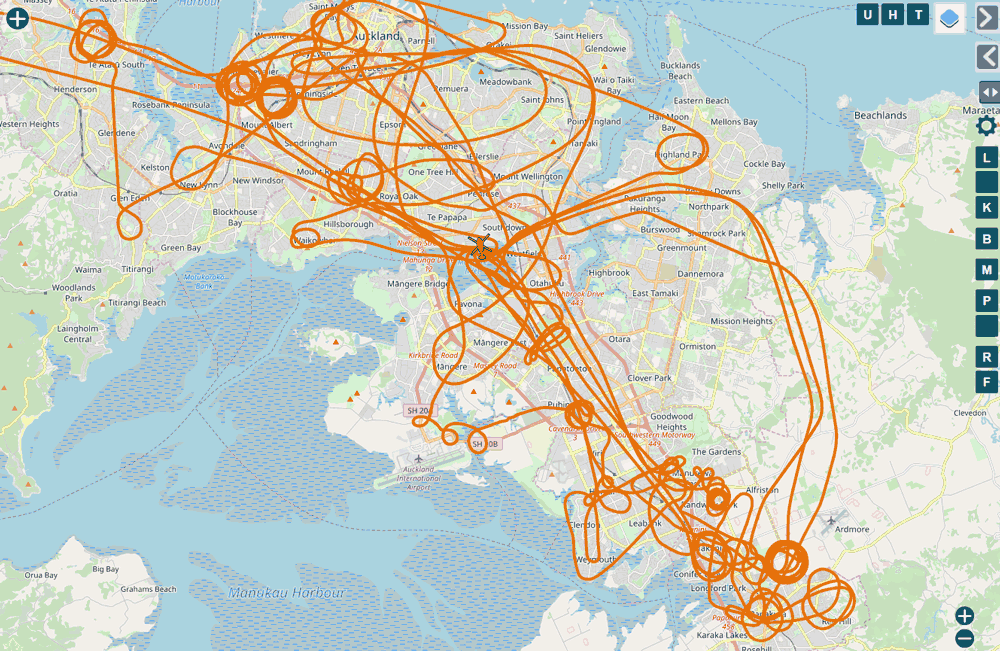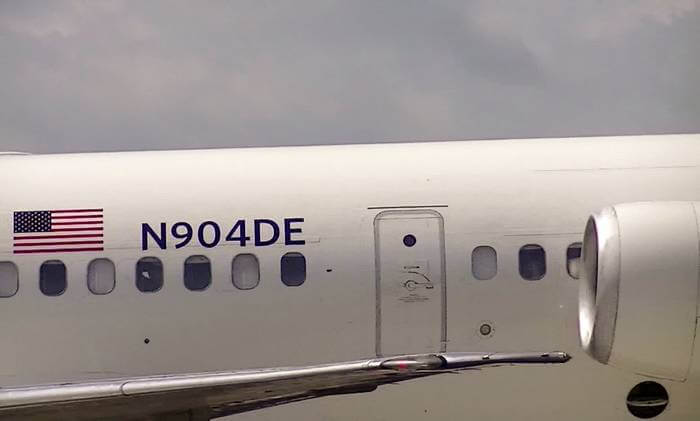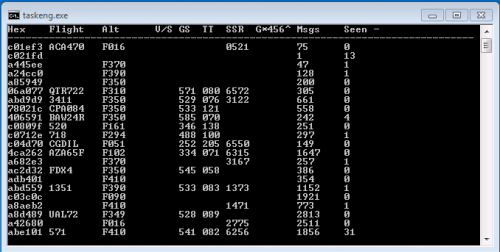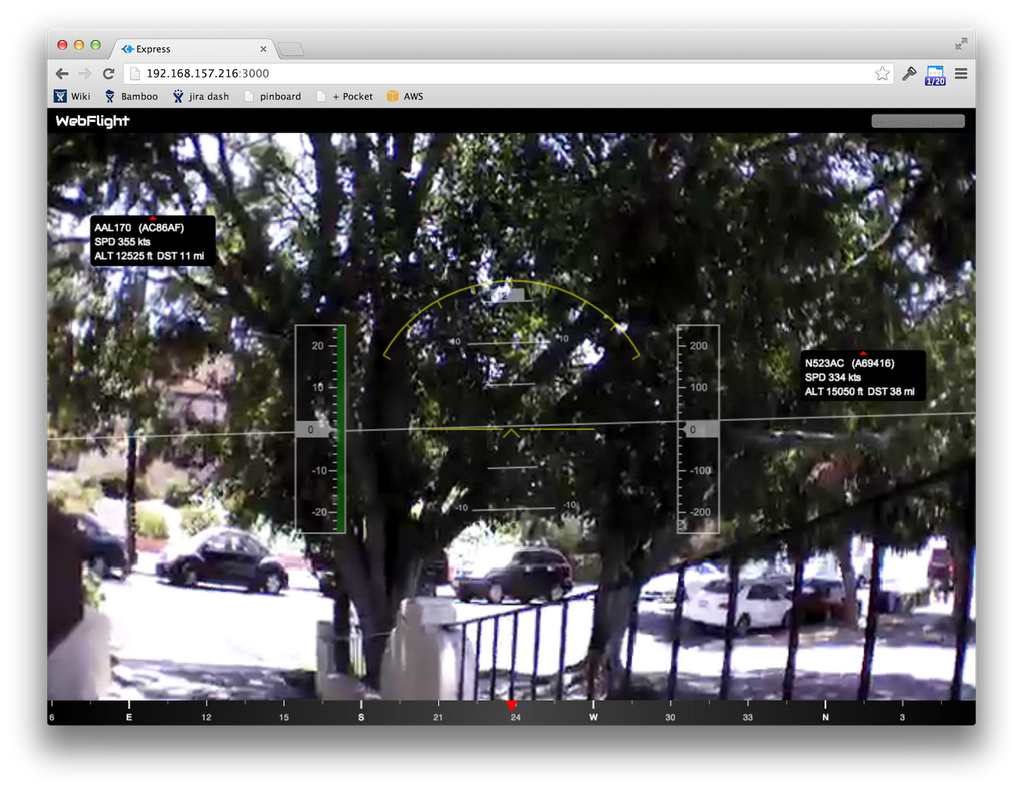ADSBExchange now using tar1090: Historical Flight Tracks, Military Aircraft Filters and more
ADSBExchange is an aircraft tracking website service which aggregates ADS-B data from contributors running RTL-SDR's or similar receivers worldwide.
However, unlike other flight tracking sites such as flightaware and flightradar24, ADSBExchange sets themselves apart by proudly refusing to censor the tracking of military and private jets that have requested privacy. One area where this refusal to self-censor helps is with the "Dictator Alert" service. This is a service that automatically tracks the movements of private aircraft owned by authoritarian regimes via the ADS-B data collected and shared by ADSBExchange.
Recently ADSBExchange upgraded their web interface moving from the old Virtual Radar Server system to tar1090 which is a more fully featured open source display for dump1090. This new interface has some great features, like the ability to view the complete flight track history of any aircraft on a particular day, the ability to display only military aircraft and the ability to filter by altitude and aircraft type.
